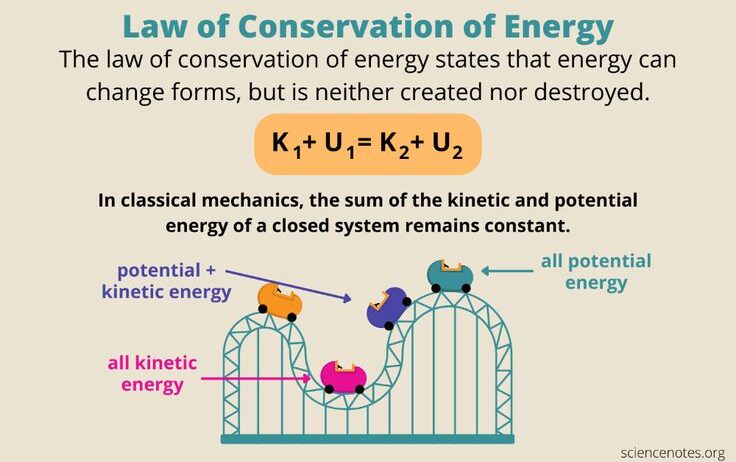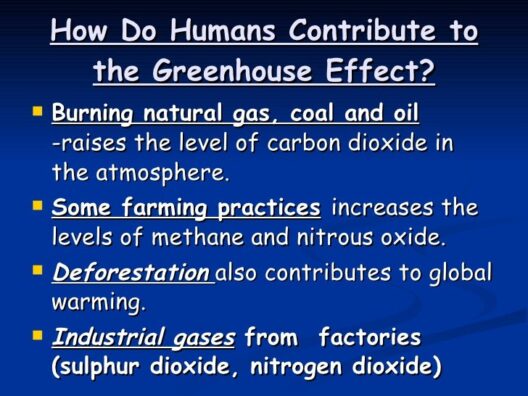Conservation of energy is a fundamental principle rooted in the laws of physics, stating that the total energy within a closed system remains constant over time. This principle is foundational across various scientific disciplines, from thermodynamics to mechanics. However, a provocative question arises: does conservation of energy always apply? This inquiry challenges our understanding and compels us to scrutinize the bounds of applicability of energy conservation in diverse contexts.
To explore the nuances surrounding this question, one must first comprehend the different forms energy can assume. Energy exists in myriad manifestations—kinetic, potential, thermal, chemical, electrical, and nuclear, to name a few. Understanding the conservation law entails recognizing that energy can transition from one form to another but cannot simply vanish or be created anew within an isolated system.
In classical mechanics, the conservation of mechanical energy holds true as long as a system remains closed and isolated from external influences. For example, consider a swinging pendulum. At its highest point, it possesses maximum potential energy and minimal kinetic energy. As it descends, potential energy is transformed into kinetic energy, maintaining a consistent total energy throughout the motion. In ideal circumstances, neglecting frictional forces and air resistance, energy conservation points to an elegant equilibrium.
Yet, real-world scenarios often diverge from this idyllic model. Friction, a ubiquitous force, dissipates energy as heat, causing deviations from the conservation paradigm. The introduction of external forces and interactions can complicate the situation, making it imperative to consider factors that influence energy states. Therefore, the question of whether conservation of energy always applies begins to crystallize: can it adapt to the realities imposed by friction and resistance?
Expanding beyond classical mechanics, the interface between conservation of energy and thermodynamics presents further complexity. The second law of thermodynamics introduces the concept of entropy, signifying a natural trend toward disorder within isolated systems. While energy in a closed system remains conserved, the capacity to perform work diminishes as entropy increases. This creates a fascinating dichotomy: energy is conserved, yet its usable form degrades, revealing a more nuanced interpretation of the conservation principle.
In quantum mechanics, the conversation evolves yet again. Quantum systems exhibit probabilistic behaviors that challenge deterministic notions. Traditional conservation laws, foundational to classical physics, remain intact; however, quantum phenomena, such as particle-wave duality and superposition, provoke deeper questions about energy states. Does energy conservation manifest differently at the subatomic level? The intricacies of quantum entanglement further question the robustness of energy conservation when multiple particles become instantaneously correlated, irrespective of the distance separating them.
Another layer of complexity arises when considering open systems, such as ecological or economic networks. In these contexts, energy can flow into and out of systems, complicating traditional conservation analyses. For example, consider an ecosystem relying on solar energy. Plants capture sunlight, converting it into chemical energy through photosynthesis, thus introducing energy from an external source. This process, while demonstrating energy transformations, raises essential questions regarding whether conservation ideals can directly apply to such dynamic and interconnected systems.
Moreover, technological advancements introduce yet another facet in this discourse. Developments in renewable energy technologies, such as solar panels and wind turbines, highlight humanity’s ongoing quest for sustainable energy solutions. These innovations embody a form of energy conversion that aligns with conservation principles; however, one must ponder the efficiency of these technologies and the potential energy loss throughout conversion processes. Herein lies a paradox: the aspiration for sustainability through technology must grapple with realities of energy loss and irreversibility.
The socio-political dimensions surrounding energy conservation further complicate the discourse. Global shifts toward sustainable energy practices raise essential questions about societal commitment to conservation principles. Are nations collectively committed to approaches that respect energy conservation, or do geopolitical tensions exacerbate energy waste and excess? The choices made at the societal level can greatly influence broader energy conservation outcomes, stirring discussions on accountability and responsibility.
The question of whether conservation of energy always applies invites critical examination across diverse domains. It compels us to understand that while energy conservation forms the bedrock of scientific principles, its application is contingent upon context. Factors such as external influences, technological realities, and the nature of the systems under consideration can all alter or challenge the applicability of this principle.
In conclusion, the principle of conservation of energy stands as a vital cornerstone of scientific understanding, yet it requires nuanced consideration. The myriad factors influencing energy transformation reveal a rich tapestry of interactions that complicate a straightforward interpretation. Thus, one must conclude that while conservation of energy provides invaluable insights and remains fundamentally intact within isolated systems, its application is often riddled with contextual complexities. The playful inquiry into the universality of this principle underscores a profound truth in science: understanding often begins with questioning established norms and seeking to unravel the intricate dynamics at play.







